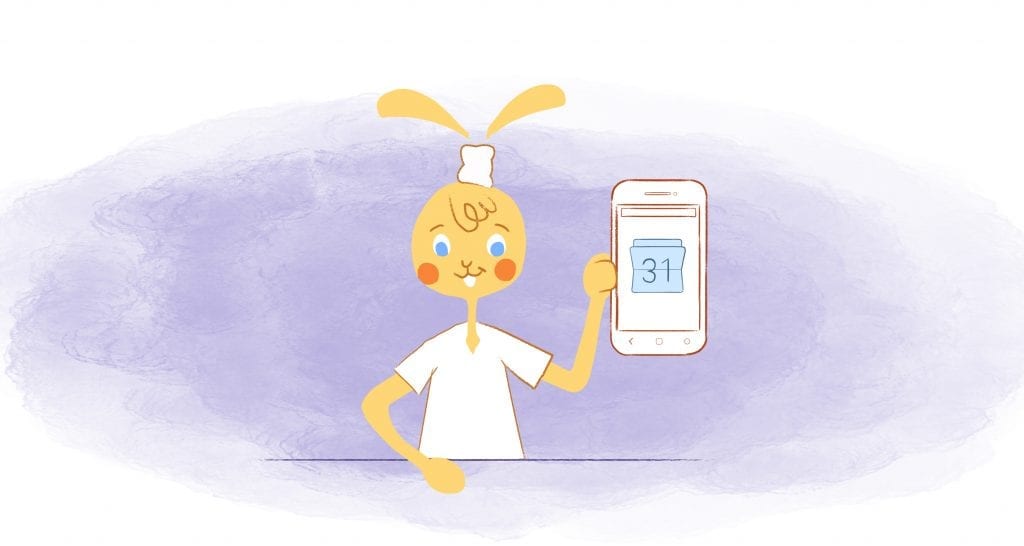

The current thinking on remote work and virtual teams returning to the office is flawed and based on failed use cases rather than best practices.
Rather than reusing previous ways of communication virtual team cooperation requires a fresh set of practices tailored to the virtual context. There have been studies that show that remote work doesn’t work — and the studies were flawed.
During the COVID pandemic, remote teams have proven that there are ways to carry on communication, cooperation, and productivity — all with great success.
The whole work success or failure adds up to productivity or a lack thereof. Though many individuals still believe that in-person meetings are the most excellent way to generate rapid and dramatic revolutionary results — this may not be so. Many businesses are happy with their virtual productivity gains in 2020 and 2021. Why?
In reality, because the power of remote work options and technologies were underused.
Before the pandemic, very few companies knew how to use remote working to its fullest. Some threw virtual meetings at every difficulty the team encountered over the last few years. A few enlightened souls converted every 15-person meeting into a virtual tile room and applied the same rules.
Some adopted the exact sub-optimal solutions: organizing another meeting to give folks another opportunity to be heard, cramming the team with extras on their already packed calendars.
Transform Your Team With a New Set of Practices
According to Keith Ferrazzi at Forbes —
We undertook a groundbreaking exercise with over 2,000 CEOs to crowd-source best practices. It is for the future of work thanks to our applied research initiatives. We collaborate with Verizon and Dell Technologies under the umbrella of Go Forward To Work.
The Collaboration Stack
Ferrazzi talks about the collaboration stack which is a four-tier architecture for collaboration, is shaping the performance of High Impact Teams. Leaders must adopt new High Return Practices to alter team performance at every tier of the stack, rather than relying on one strategy.
The Great Remote Teams Practice Lab
We’ve known since early 2000 that meetings are a broken platform for collaboration. In conventional meetings, most of the team members avoid confrontation and openness.
They lack the boldness and openness required to limit project risk or encourage creative thinking that drives creativity. So, what are the most critical business problems?
The schedule is never the objective. The meeting is not the goal. It’s what results from these things that affect the bottom line:
Real-world collaborative problem-solving
Transparency and reducing conflict avoidance
Mutual commitment and support
Peer accountability—”winning together.”
Realizing the team’s capacity to create revolutionary results—10x as long as 10%
“New People Rules in a Virtual World” was the title of an article in Harvard Business Review. The 2020 pandemic was the Great Remote Work Laboratory, allowing us to test our interventions. Three- to four-fold improvement in key remote team performance measures. National Instruments, previously known as NI, witnessed a dramatic transition in only a few months.
It has enabled some to escalate and make crucial business choices more quickly and effectively since the process is collaborative and the buy-in is greater. Managers felt antagonistic about collaboration and speed. Many couldn’t have reacted as quickly or gotten the kind of buy-in wanted. Inspiring, energetic, and they may conduct accomplishment-driven remote forums.
Interventions by a Remote Team
Co-Elevation is a consequence of collaborative working behaviors used as a benchmark. Discard outdated concepts that are no longer relevant in today’s environment. Management must go beyond collaboration and into partnership. High-performing teams strive to create a continuous and unbounded co-creation. They are dynamic in which mutually supportive employees can share carry out and complete tasks jointly.
As a result, they must keep one another responsible and assist one another when necessary. High-Return Practices aimed at fostering psychological safety and building trust may be able to assist in the engineering of these relationship dynamics.
Think about it
Some believe you can only build trust naturally, unintentionally, or chemically. We now know that you can and should plan it.
Once established, peer-to-peer accountability and cooperation may be released. In remote work, this might be the first thing to dissolve when individuals don’t see one another. Since it’s systematic and repetitive.
You can repair professional trust via reputation, personal confidence through values, and structural trust through organizations, roles, and hierarchies. Openness and empathy are vital, and vulnerability and sharing are the bridge. Our approach is: Serve, Share, and Care.
Serving is a team committing to each other and serving each other, and the company. Leaders must encourage team generosity and giving to each other is the quickest road to success.
Sharing connects us to our humanity. A remote team needs sharing time. We function better as a tribe, a group of individuals who care about each other. I may not be precisely like you, but I may be sympathetic by sharing. Empathy is the foundation.
Last is caring. Most importantly, inform your staff that caring for one another is a decision. And if everyone thinks they’ll grow to care about each other, it implies they’ll grow to question and be interested in each other.
People choose to care.
But there’s a technique called Sweet and Sour that makes it organized. Ask everyone to bring something sweet and sour to the meeting. You may be celebrating a child’s success or a friend’s visit from out of town. But a loved one in the hospital, or a conflict with a kid or spouse, might push to the sour side — but that doesn’t matter.
During the epidemic, CEOs from many organizations expressed their vulnerability and honesty in virtual spaces which united the team and created new levels of trust and acceptance.
Image Credit: Helena Lopes; Pexels; Thank you!











Howie Jones
My name is Howie and I'm a Customer Success Manager at Calendar. I like to ensure our customers get the best experience using our product. If you have questions email me howie at calendar.com